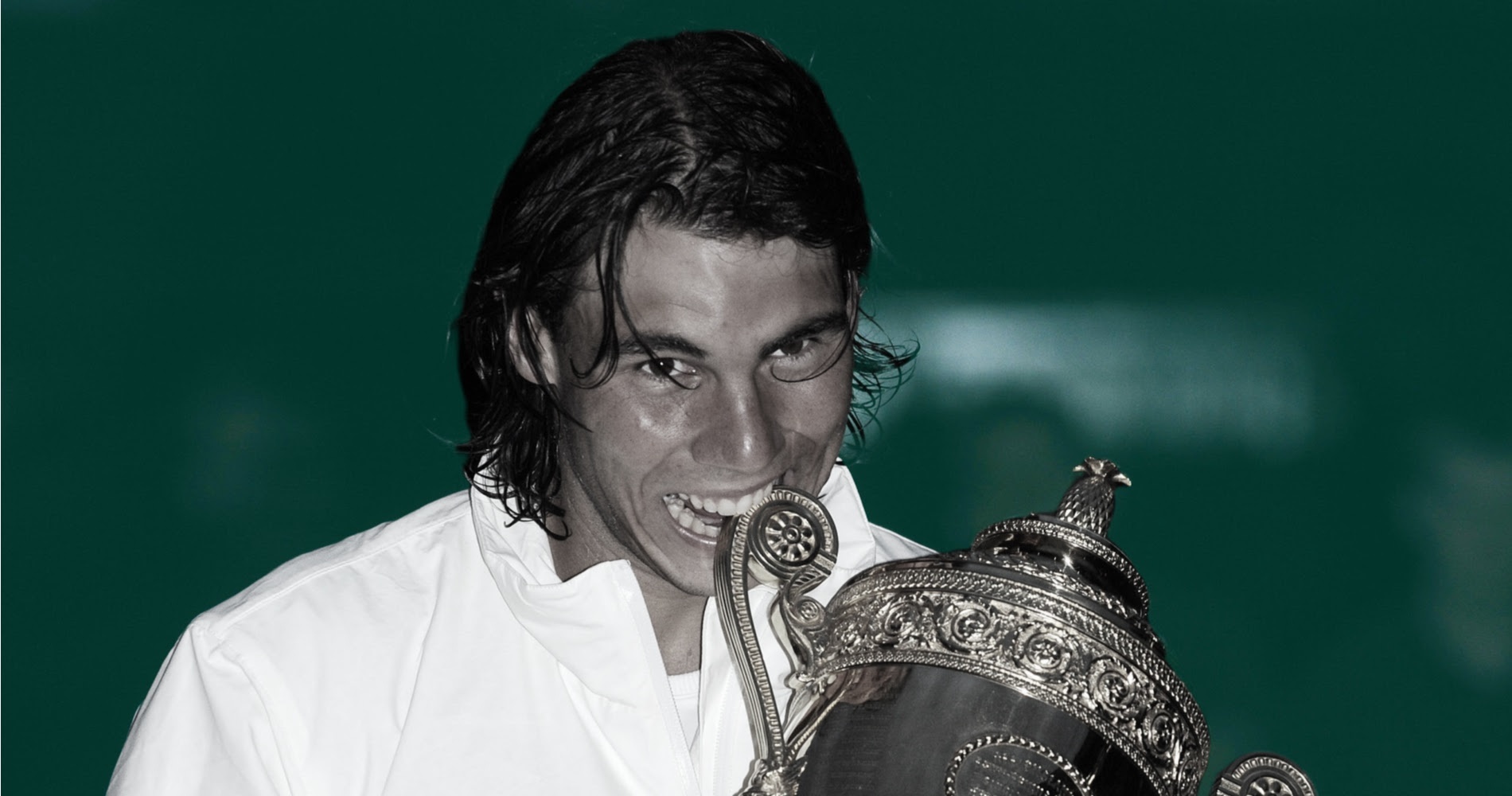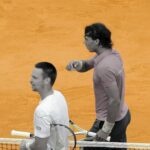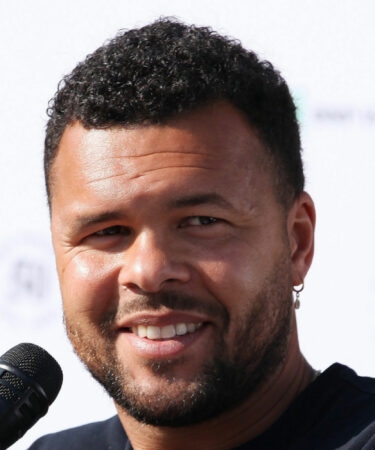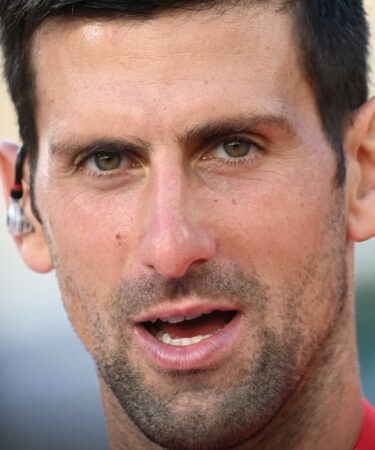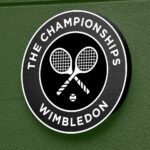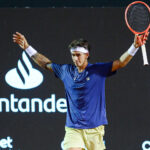January 24, 2008: The day Tsonga crushed Nadal at the Australian Open with an awesome display of power tennis
Jo-Wilfried Tsonga became a crowd favourite and the third straight surprise men’s finalist at the Australian Open 13 years ago. His semifinal performance against Rafael Nadal was outstanding, as he hit 49 winners in three sets
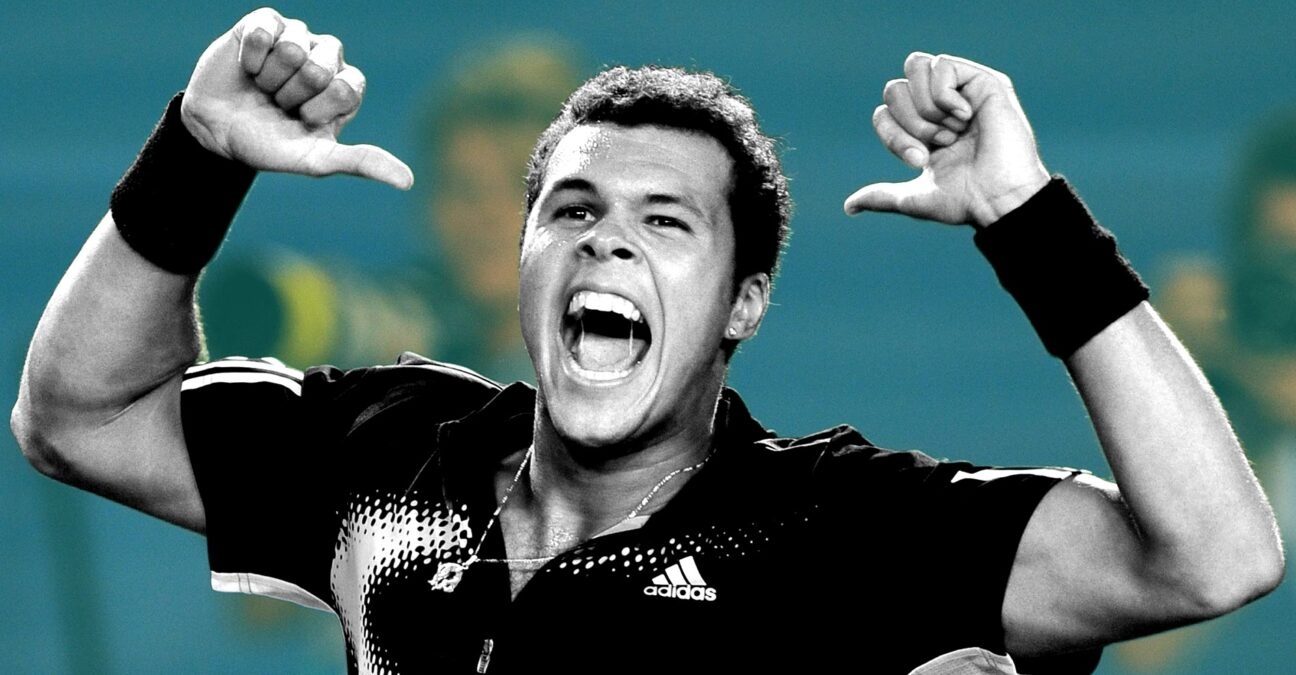 Tsonga OTD 01_24
Image Credit: Panoramic/ Tennis Majors
Tsonga OTD 01_24
Image Credit: Panoramic/ Tennis Majors
What exactly happened on the day?
On this day, January 24, 2008, Jo-Wilfried Tsonga, ranked No 38 in the world, destroyed world No 2 Rafael Nadal in the Australian Open semi-finals (6-2, 6-3, 6-2). The Frenchman, who had only been enjoying success on the main tour for the past few months, played flawless tennis, slamming aces and winners to annihilate the then three-time Roland-Garros champion.
The players: Jo-Wilfried Tsonga and Rafael Nadal
- Jo-Wilfried Tsonga: Rising Frenchman on the ATP Tour
Jo-Wilfried Tsonga, born in 1985 in Le Mans, France, had been a very successful and promising junior player, claiming the boys’ title at the 2003 US Open. Unfortunately, his early career was hampered by a severe back injury, and it wasn’t until 2007 that he broke into the top 100.
That year, his great run at the Queen’s Club Championships, where he made his way out of qualifying to defeat grass guru Lleyton Hewitt, earned him a wild card at Wimbledon. There he reached the fourth round (defeated by fellow Frenchman Richard Gasquet, 6-4, 6-3, 6-4) and finished his first full season on the tour as world No 43.
- Rafael Nadal: the King of Clay gunning for a hardcourt Major
Rafael Nadal, born in 1986 in Mallorca, Spain, was only 21 years old at the time, but his achievements had already secured him a place in tennis history. In 2005, he claimed his first Masters 1000 tournament, in Monte-Carlo, defeating former Roland-Garros runner-up Guillermo Coria (6-3, 6-1, 0-6, 7-6). The following week he lifted the trophy in Barcelona, beating Juan Carlos Ferrero in the final round (6-1, 7-6, 6-3) and entered the top 10 for the first time in his career.
In Rome, bursting with confidence, he continued his winning streak, edging Coria in the longest ATP final ever played (6-4, 3-6, 6-3, 4-6, 7-6). These unbelievable results made him the favourite in his debut appearance at Roland-Garros. This new pressure did not disturb Nadal, who won the tournament at his first attempt, beating Roger Federer (6-3, 4-6, 6-4, 6-3) in the semi-finals and Mariano Puerta in the final (6-7, 6-3, 6-1, 7-5). Ranked second in the world since the summer of 2005, he had already claimed 23 titles, including three Roland-Garros crowns.
Not only was Nadal considered almost unbeatable on clay, having lost only two matches since his defeat against Igor Andreev in Valencia in April 2005, but the Spaniard had now made his game more aggressive in order to win on faster surfaces. As early as 2006, he had already reached the final at Wimbledon, where he was defeated by Federer (6-0, 7-6, 6-7, 6-3).
A year later, in 2007, he was edged by Federer in the Wimbledon final again, this time after pushing the Swiss into a fifth set (7-6, 4-6, 7-6, 2-6, 6-2). The Spaniard was now on a quest to capture a major crown outside of Paris.


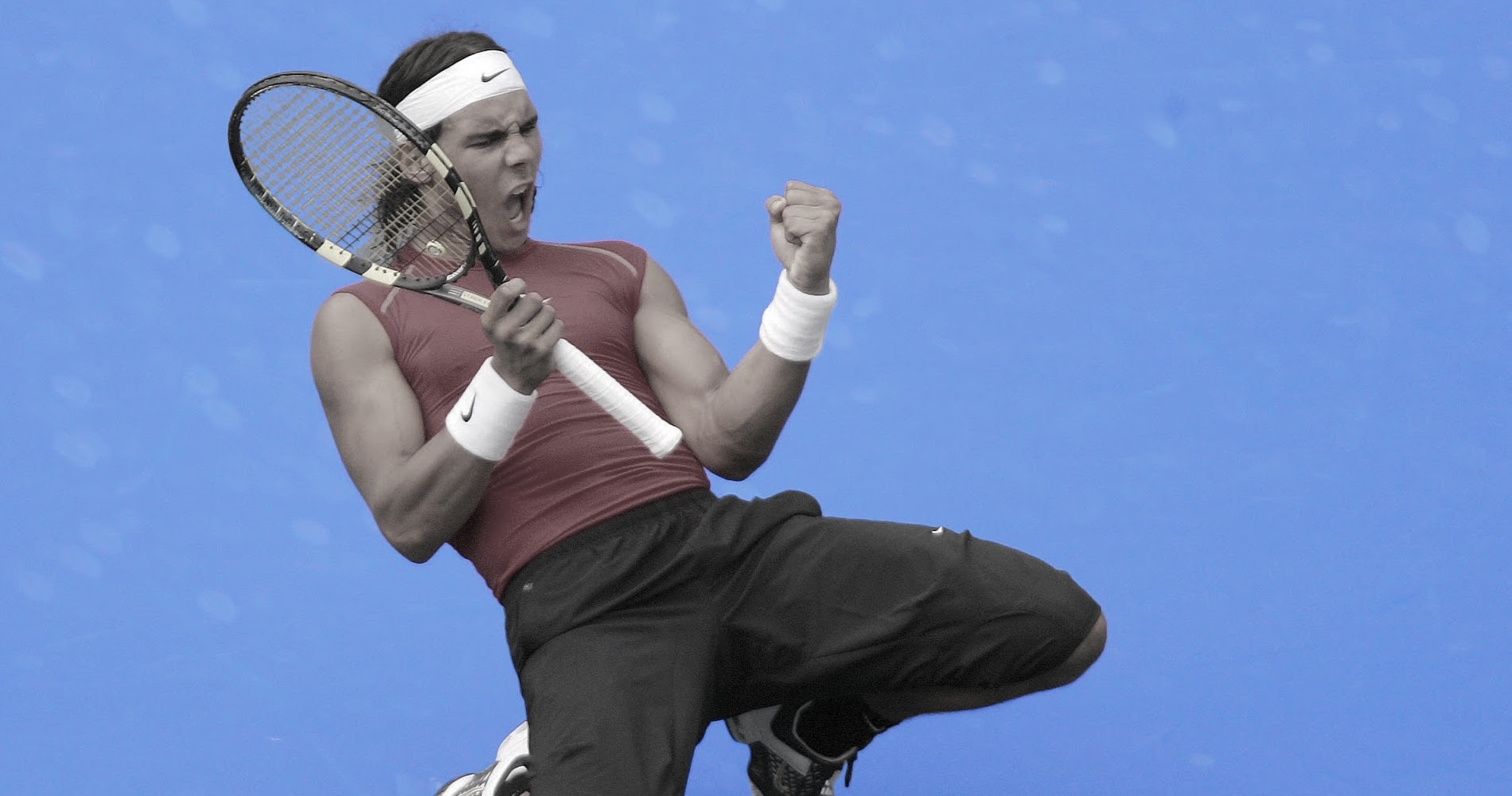
The place: Australian Open, Melbourne
Unlike the other Grand Slam tournaments, the Australian Open (first known as the Australasian Championships and, later, the Australian Championships) had moved throughout the years. In fact, the event switched cities every year before it settled in Melbourne in 1972, and no less than five Australian cities had hosted the event at least three times: Melbourne, Sydney, Adelaide, Brisbane and Perth.
The event was held on grass at the Kooyong Stadium in a posh eastern suburb of Melbourne. Its position on the calendar had changed several times as well, between early December and January, going from being the first Grand Slam of the year to the last. Until 1982, several of the top players skipped the Australian Open, mainly because of the remote location and low prize money, but then, with the triumph of Mats Wilander in 1983, the dynamic began to change.

The facts: Tsonga slams 49 winners in a straight sets win
Tsonga turned into the star attraction at the 2008 Australian Open. Almost unknown to the tennis public with a ranking of 38, the Frenchman had started the tournament by defeating world No 9 Andy Murray in the first round (7-5, 6-4, 0-6, 7-6). It was the first time that he celebrated a win with what would become his trademark “thumb dance.”
In the following rounds, which included a fourth-round win over his countryman Gasquet, Tsonga, thanks to his fighting spirit and flair, became the crowd favourite and cruised into the semi-finals against Nadal.
Although the Spaniard had not been as successful on hard courts as he had been on clay, the general opinion was that Tsonga didn’t stand much of a chance. He had never played at this stage of a Grand Slam and Nadal had beaten him in straight sets in their only encounter, at the 2007 US Open (7-6, 6-2, 6-1).
However, from the start, the Frenchman played as if he hailed from another planet. Relying on a massive serve (17 aces in total), Tsonga played an extremely aggressive game, hitting winner after winner. After he took the first set, many thought he was going to cool down, but he didn’t.
When he served for the second set at 5-3, one could think that he might encounter some nerves, but instead, he fired three aces in a row to start the game. He destroyed Nadal in straight sets, delivering one of the most outstanding performances in tennis history, hitting 49 winners in all.
“For most of the match, I truly felt like I couldn’t miss,” said Tsonga, according to The New York Times. “The thing that’s the most incredible is to play a match of this quality at this kind of moment. I didn’t expect it. I thought it would be a really tough match against a player who gets everything back and who grinds you down with his style of play. It’s hard to beat him, because it’s hard to get it past him. But I felt today I had the potential to do it on almost every shot.”
Even Nadal admitted in his press conference that he couldn’t believe what he had just witnessed.
“I wasn’t expecting this kind of level, even from Federer,” he said. “I couldn’t get in the match. He wasn’t giving me time. It was all bing, bang, boom… he’s playing with zero pressure, everything is going good for him. When you are playing like this, every ball is going to the line. Is not the real level, I think. Sure he can play like this, but not every week. It’s impossible, no?”
Tsonga became the third surprise Australian Open finalist in a row, after Marcos Baghdatis (2006) and Fernando Gonzalez (2007), who thumped Nadal in the quarter-finals with a performance similar to Tsonga’s.
What next? A Grand Slam title eludes Tsonga but Nadal racks up 22
In the final, Tsonga would be defeated by Novak Djokovic, despite winning the first set (4-6, 6-4, 6-3, 7-6). So it was Djokovic who won his first Grand Slam title, not Tsonga. It would remain Tsonga’s only appearance in a Grand Slam final to date. The Frenchman would reach world No 5 in 2012 and reach the semi-finals at five more Grand Slams: the Australian Open (2010), Wimbledon (2011, 2012) and Roland-Garros (2013, 2015).
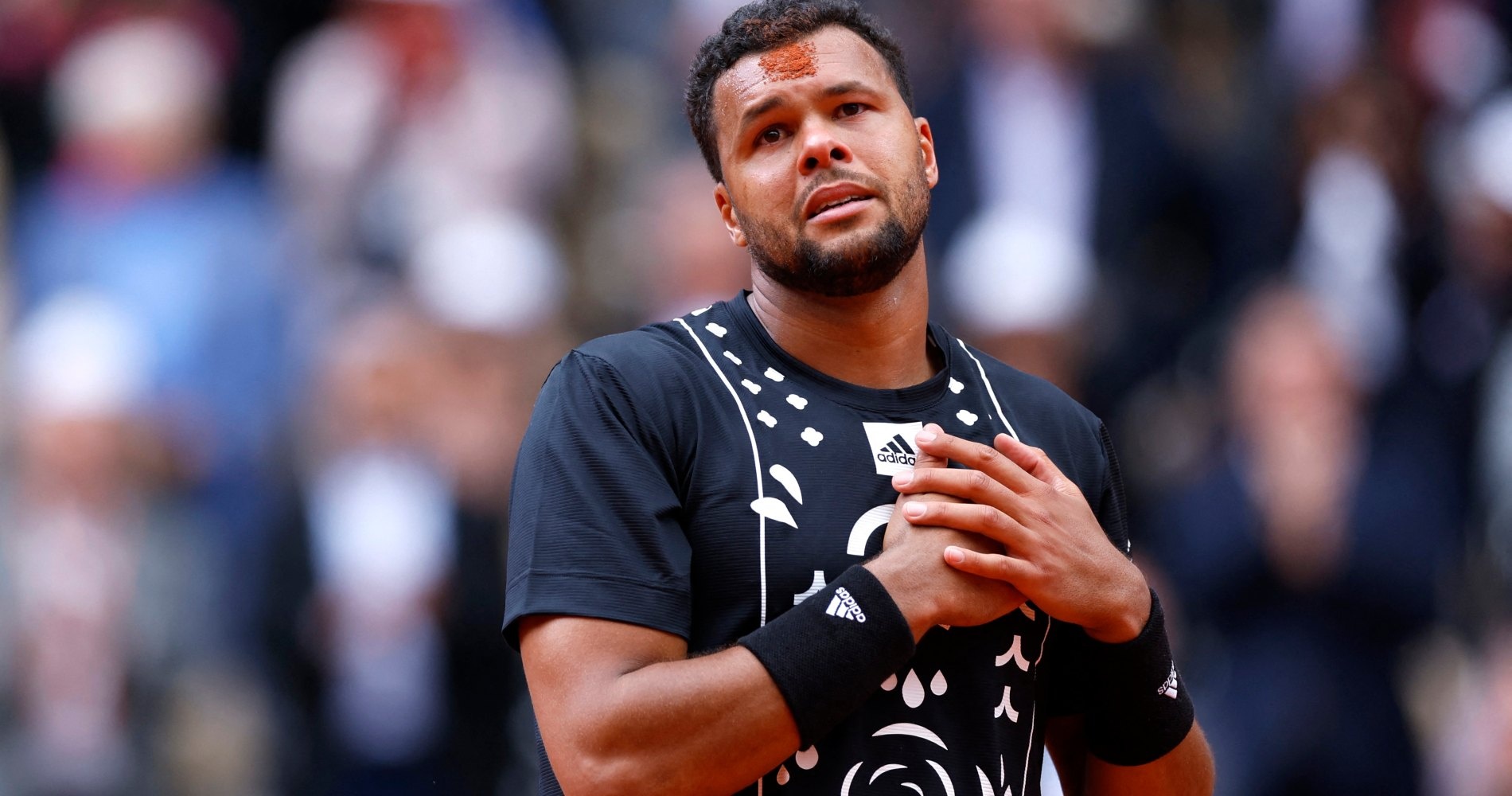
In 2014, he would achieve a very rare feat, defeating Djokovic, Murray and Federer to win the Canadian Masters 1000. Yannick Noah remains the last French man to win a singles major (1983). Tsonga, now 36, retired in an emotional ceremony at Roland-Garros in 2022.
Nadal wouldn’t have to wait very long to win a Grand Slam on a fast surface. In 2008, after destroying Federer (6-1, 6-3, 6-0) to claim a fourth Roland-Garros crown, he would then edge the Swiss in an absorbing Wimbledon final (6-4, 6-4, 6-7, 6-7, 9-7) before reaching world No 1 a few weeks later. In 2009, he would defeat his rival again in five sets to win the Australian Open, and in 2010, would claim his first US Open to complete a career Grand Slam. Heading into the 2023 Australian Open, Nadal has won 22 Grand Slam titles and holds the record for the most Grand Slam titles in men’s tennis history.
